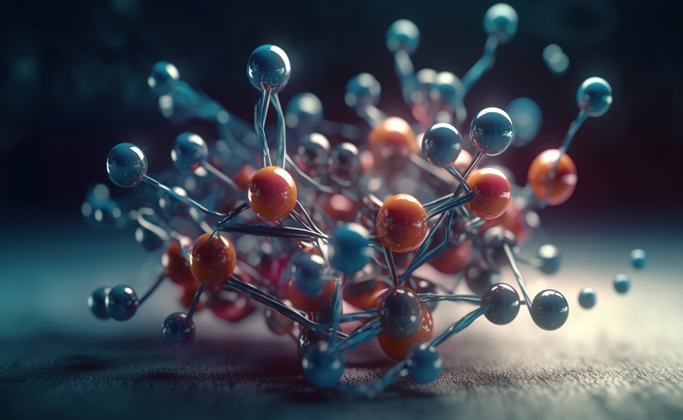Alice C. Chang, Ph.D. works as a Professor of Biochemistry and Molecular Biology with a background in the diverse fields of pharmacology, cancer biology, cell biology, biochemistry, and genetics. Most notably, she has spent nearly twenty years performing research and teaching, lecturing in classroom settings of over 300 students regularly. In the following lecture, Alice C. Chang, Ph.D. discusses the fundamental disparities between mitosis and meiosis, peering into the microscopic world where these two vital processes of chromosomes orchestrate the continuity of life itself.
There are trillions of cells that make up the body, all of which originate from one fertilized egg.
After conception, cell division is what enables massive multiplication, which occurs when a single cell splits into two. Cell division not only enables growth, but also makes reproduction possible by replacing dead or damaged cells.
Alice C. Chang, Ph.D. highlights below the key differences and similarities of mitosis and meiosis of cell division.
Alice C. Chang, Ph.D. Provides an Overview of Cell Division
Cellular reproduction paves the way for the next generation in single-celled organisms. However, in multi-cellular organisms, cell division occurs for both reproduction purposes and the growth and replacement of damaged cells within the organism.
The process of cell division follows a highly organized series of steps. As mentioned earlier, mitosis and meiosis refer to the two different forms of nuclear division.
Alice C. Chang, Ph.D. notes that mitosis is a type of cell division resulting in the formation of two daughter cells, each of which has the same type and number of chromosomes as the parent nucleus, which is typical of ordinary tissue growth.
On the other hand, meiosis is a type of cell division resulting in the formation of four daughter cells, each of which has half the number of chromosomes as the parent cell, such as in plant spore and gamete production.


The Phases of Cell Division
Alice C. Chang, Ph.D. explains that, before either of these processes occurs, cells undergo a preparatory process called
interphase. During interphase, cells will grow and create a copy of their own genetic information.
Aside from interphase, mitosis involves six total phases, wherein the first five divide the nucleus and its genetic information into two, while the sixth phase divides the entire parent cell into two identical daughter cells.
Alice C. Chang, Ph.D. says that the following are the phases of mitosis:
- Prophase: The chromosomes, which are carriers of genetic information, condense and prepare for attachment to the spindle. The spindle is a cellular machine responsible for moving chromosomes during cell division.
- Prometaphase: The nuclear membrane, a double-layered structure where chromosomes reside, breaks apart. The spindle forms and chromosomes secure themselves to it.
- Metaphase: Chromosomes begin to position themselves along the center of the spindle.
- Anaphase: Chromosomes separate, moving toward the poles of the spindle, which also move apart.
- Telophase: Nuclear envelopes form around the two divided sets of chromosomes.
- Cytokinesis: The division of cells.
Meiosis goes through similar phases to mitosis, but with two sets of cell division - the first of which results in two cells that each have two sets of chromosomes. The second division results in the creation of four cells, each containing one set of chromosomes, as the genetic information isn’t copied a second time.
Alice C. Chang, Ph.D. explains that meiosis has a unique feature called
crossing over, wherein DNA combines with matching chromosomes from different parents, which increases genetic diversity. This occurs during Prophase I.
Mitosis and Meiosis: The Key Differences and Similarities
| Characteristic |
Mitosis |
Meiosis |
| Goes through cell division |
One division |
Two successive divisions |
| Results in daughter cells |
Two |
Four |
| Chromosome sets in daughter cells |
Diploid (2 sets) |
Haploid (1 set) |
| Genetic similarity in daughter cells |
Genetically identical |
Genetically different |
| Occurs in |
All organisms (except viruses) |
Animals, plants, and fungi |
| Produces |
All cells except eggs and sperm |
Eggs and sperm only |
| Prophase duration |
Shorter |
Longer |
| Crossing over during prophase |
No occurrence |
Occurs |
Summary
Today’s lecture from Dr. Alice C. Chang, Ph.D. summarizes that mitosis and meiosis are two vital processes - mitosis ensures the growth and maintenance of multicellular organisms while meiosis is crucial for sexual reproduction, creating a diversity in genetics that is essential for the evolution and survival of species.

